Snakes make fascinating and rewarding pets, but unlike dogs or cats, they require a unique approach to handling and bonding. Whether you’re a new snake owner or looking to improve your relationship with your current serpentine companion, understanding how to handle your snake safely not only protects both of you from harm but also builds a foundation of trust and comfort. This guide will walk you through the essential techniques, safety considerations, and bonding approaches that create positive experiences for both you and your snake. By learning to respect your snake’s natural behaviors and needs, you’ll develop a deeper appreciation for these remarkable reptiles and forge a connection that enhances the pet-keeping experience for years to come.
Understanding Your Snake’s Body Language
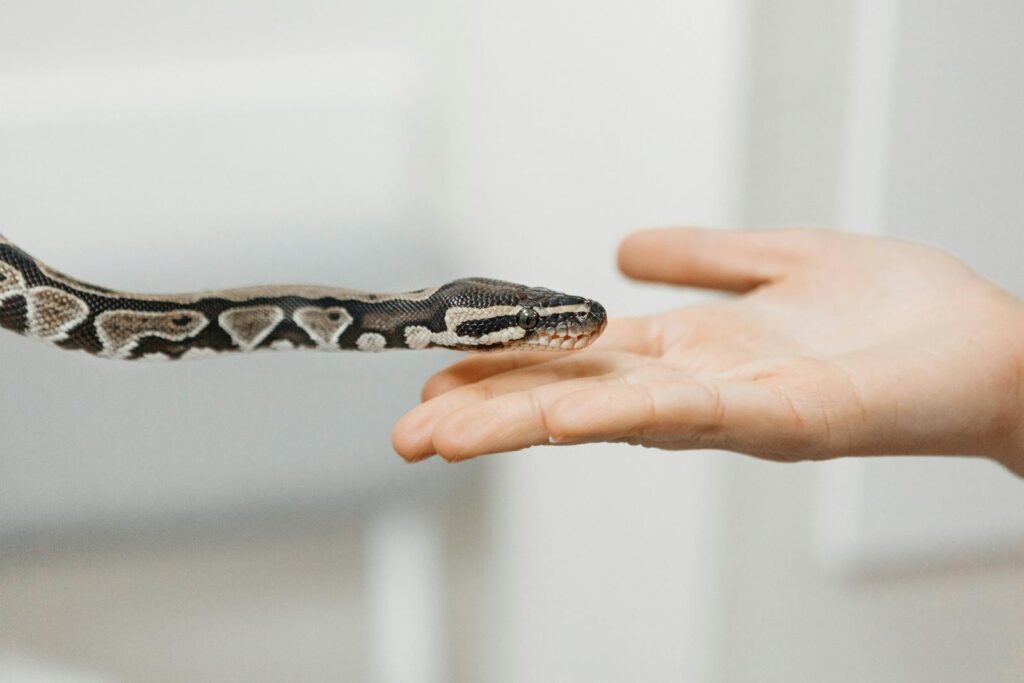
Before you even attempt to handle your snake, it’s crucial to become fluent in snake body language. A relaxed snake typically moves slowly and deliberately, with a loose, gentle grip when held. Signs of stress or fear include rapid breathing, tense muscles, jerky movements, or a defensive posture with the head raised and body coiled. Some species may hiss, flatten their necks (like cobras), or rattle their tails (like rattlesnakes) when feeling threatened. Learning these subtle and not-so-subtle cues will help you recognize when your snake is receptive to handling and when it needs space, preventing negative interactions that could damage your relationship.
Preparing for Your First Handling Session
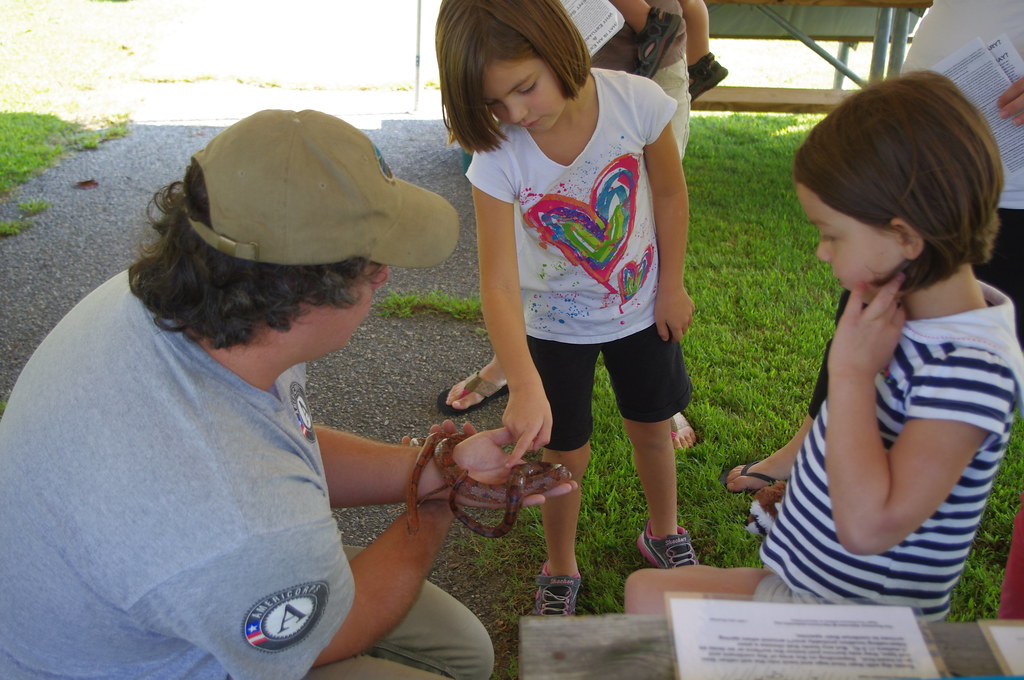
Set yourself up for success by preparing thoroughly before your first handling session. Make sure your snake has had at least 48 hours to settle after feeding to prevent regurgitation, which can be dangerous for your pet. Wash your hands with unscented soap to remove any food odors that might trigger a feeding response, and ensure the room is warm enough for your cold-blooded friend—approximately 75-80°F (24-27°C) for most species. Have a dedicated handling space free from hazards, other pets, and escape routes. For beginners, it’s wise to have an experienced handler present or to start with very short sessions of just 5-10 minutes to build confidence for both you and your snake.
The Proper Approach: How to Pick Up Your Snake

How you initially approach your snake sets the tone for the entire handling session. Always approach from the side rather than from above, as predators typically strike from above, and this could trigger a defensive response. Use a snake hook or paper towel roll to gently touch the middle of your snake’s body first, alerting it to your presence and helping it distinguish between handling time and feeding time. Support your snake’s body properly by picking it up with two hands—one behind the head (not on the head or neck) and one supporting the middle or last third of the body. Never grab a snake by its tail, as this can cause injury and will certainly cause distress, potentially leading to defensive behaviors.
Providing Proper Support During Handling
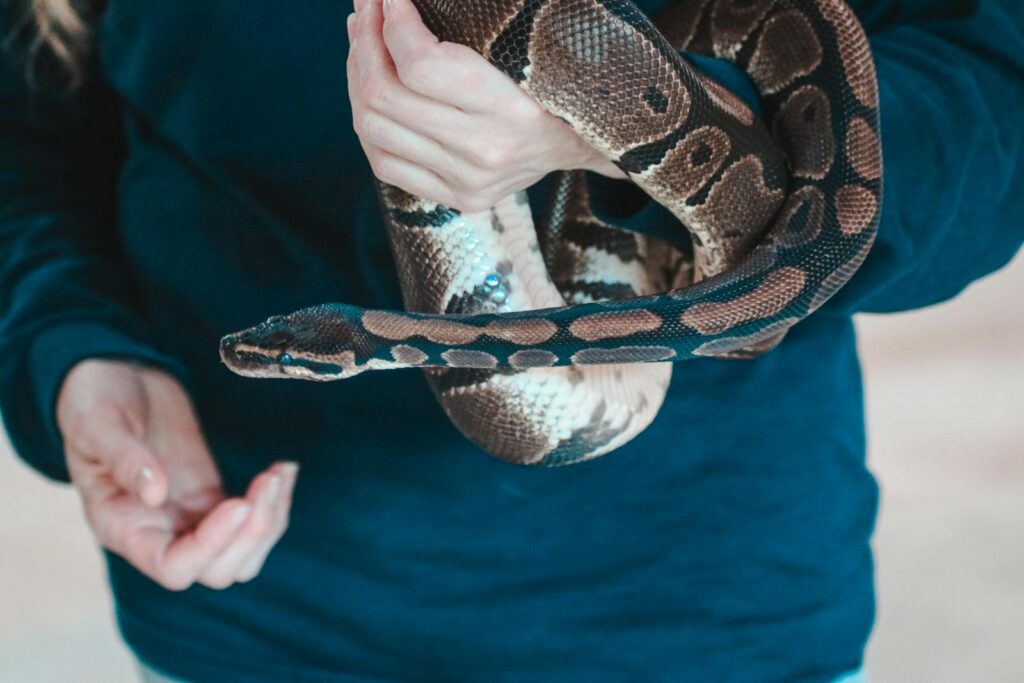
Once your snake is in your hands, proper support becomes your primary concern. Allow your snake to move freely across your hands and arms while maintaining gentle support under its body at all times. For larger snakes, you’ll need to distribute their weight across your arms, shoulders, or even have a second person assist with handling. Never let more than a third of your snake’s body hang unsupported, as this can cause muscle strain and discomfort. If your snake begins to wrap around your arm or neck, gently unwrap it by controlling the tail end and carefully loosening its grip, always working in the direction opposite to how it’s coiling.
Reading Your Snake’s Comfort Levels
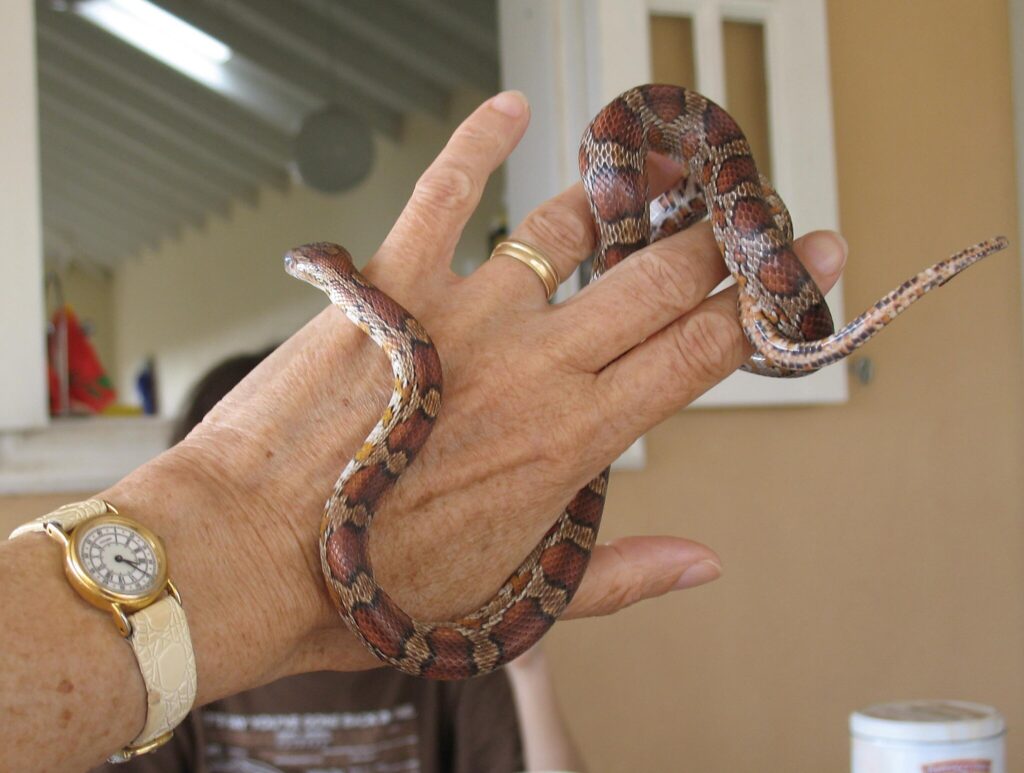
During handling, continuously monitor your snake for signs of stress or discomfort. A comfortable snake will explore calmly, using its tongue to sense its environment while maintaining relaxed muscle tone. Signs that your snake is becoming stressed include rapid movement, attempting to flee, muscle tensing, or hiding its head in your clothing or its own coils. Some snakes may produce a musky odor from their cloacal glands when frightened, which serves as a clear signal to end the session. If your snake voids waste during handling, this is often a stress response and indicates you should return it to its enclosure. Always respect these signals and prioritize your snake’s comfort over your desire to continue handling.
Establishing a Consistent Handling Routine

Snakes thrive on predictability, making a consistent handling routine essential for building trust. Begin with very short sessions of 5-10 minutes, gradually increasing to 15-20 minutes as your snake becomes more comfortable. For most species, handling 2-3 times per week strikes the right balance between socialization and respecting their solitary nature. Avoid handling during your snake’s natural sleep cycles—many species are crepuscular or nocturnal, so mid-day might be best. Never wake a sleeping snake for handling, and always avoid handling during shedding periods when their vision is compromised and their skin is sensitive. By maintaining this consistent approach, your snake will learn that handling is a normal, non-threatening part of its routine.
Special Considerations for Different Snake Species
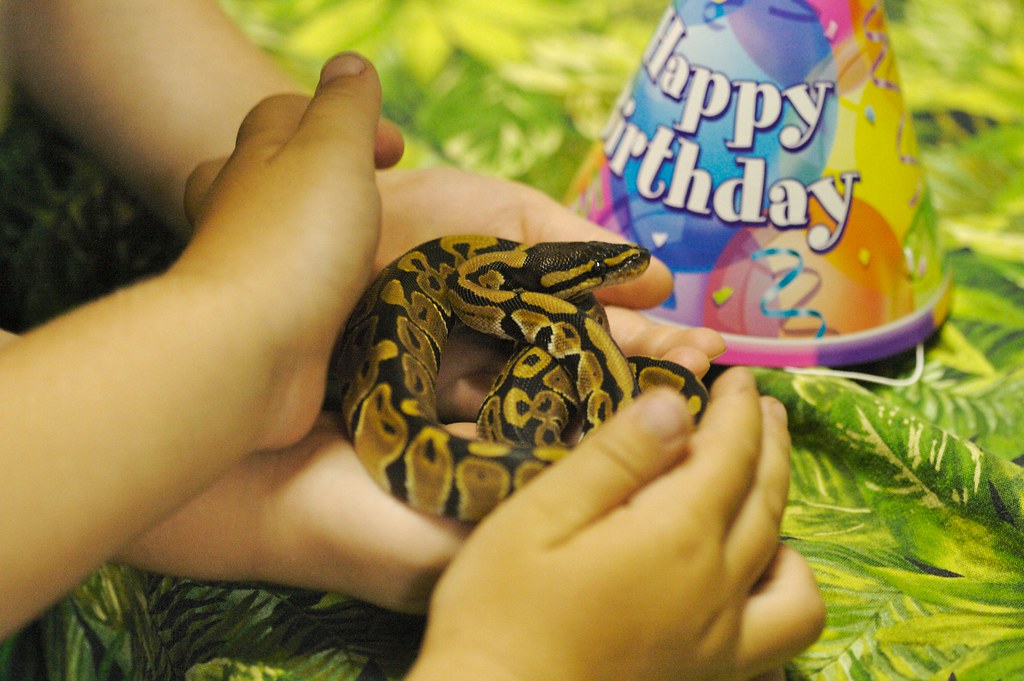
Different snake species have unique temperaments and handling requirements that you should account for in your approach. Ball pythons are known for their docile nature and tendency to ball up when stressed, making them excellent beginner snakes, though they may be shy initially. Corn snakes are typically active and curious during handling but can be quick and require confident control. Larger constrictors like boa constrictors require more support and strength to handle safely, and should never be handled alone once they reach substantial size. Arboreal species like green tree pythons or emerald tree boas naturally perch on branches and may resist being held on a flat surface, preferring to grip around your arm or hand. Always research your specific species’ natural behaviors and handling preferences to provide the most appropriate experience.
Handling No-Nos: What to Avoid

Certain handling practices can harm your snake or damage your relationship and should be strictly avoided. Never handle your snake immediately after feeding, as this can cause regurgitation, which is potentially fatal. Avoid handling during the shedding process when your snake’s vision is compromised by the cloudy “blue” eye caps, and their skin is sensitive and vulnerable to tearing. Keep handling sessions away from the snake’s enclosure if you notice feeding response behaviors, as this can create confusion between handling and feeding time. Never allow children to handle snakes unsupervised, and avoid handling if you’re ill, as some pathogens can transfer to reptiles. Finally, never force handling if your snake shows clear stress signals—respecting boundaries is key to building trust.
Creating Positive Associations
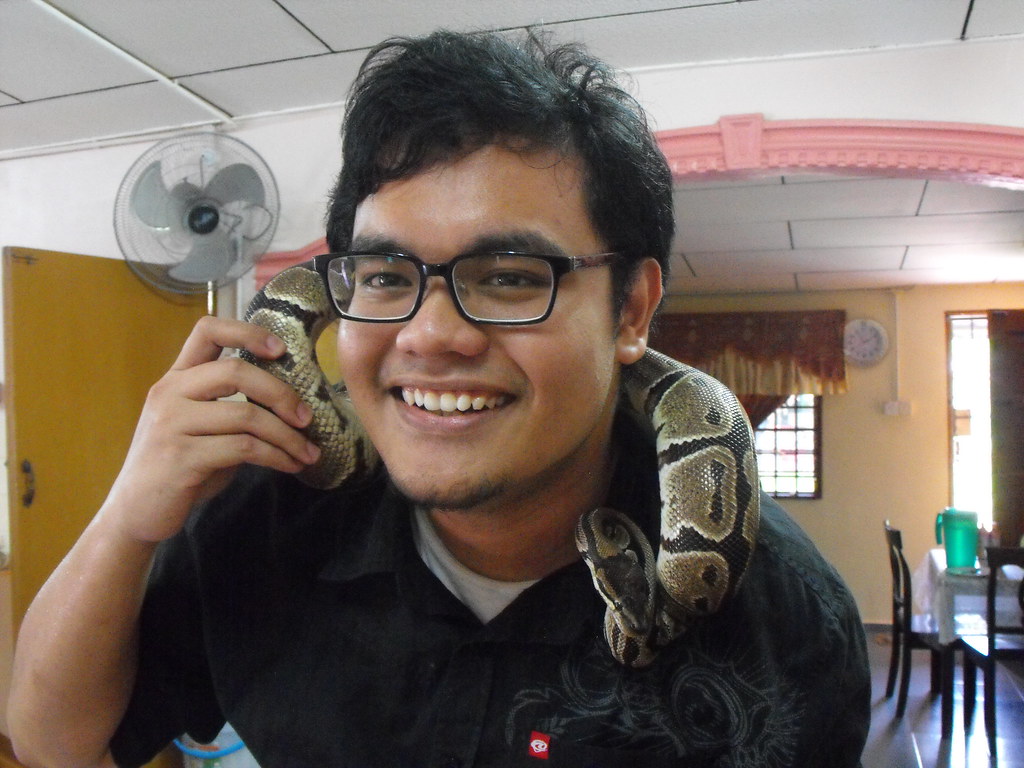
Building positive associations with handling helps your snake view these interactions as neutral or even enjoyable experiences. While snakes don’t form emotional bonds like mammals, they can associate handling with safety and comfort rather than stress. Consider creating a specific “handling blanket” that carries your scent and provides a secure, familiar surface during sessions. Some owners find that gentle handling followed by placing the snake in a novel, enriching environment (like a supervised exploration of a snake-proofed room) creates positive reinforcement. Always end handling sessions before your snake shows stress signals, ensuring each experience ends on a positive note. Over time, these positive associations help your snake recognize that handling isn’t a threat but simply another part of its environment.
Safety Measures for Handlers
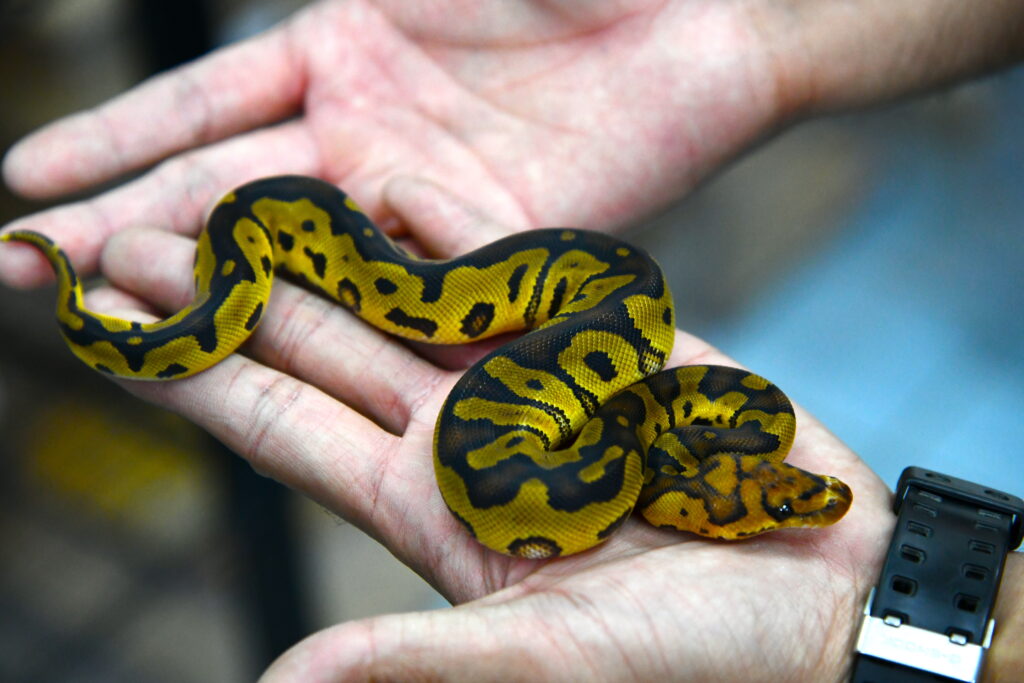
While focusing on your snake’s safety is important, handler safety matters too, especially with larger or more temperamental species. Never handle a snake alone if it’s large enough to cause injury through constriction—generally, any snake approaching or exceeding your body weight should be handled with an assistant present. Keep your face away from the snake’s head to avoid potential strikes, particularly during the initial stages of handling or with unfamiliar snakes. Have a spray bottle of water available for emergency situations where a snake latches on and won’t release—a light spray to the face will usually cause them to recoil and release their grip. For venomous species, which are not recommended for amateur keepers, specialized training and handling tools are absolutely essential, and local regulations often require permits.
Recognizing and Managing Defensive Behaviors

Even docile snake species may occasionally display defensive behaviors that handlers should recognize and address appropriately. Striking postures, hissing, tail rattling (even in non-rattlesnake species), and musking are all warning signs that your snake feels threatened. If these behaviors occur, slowly and calmly return your snake to its enclosure rather than attempting to “push through” the fear response, which can reinforce negative associations with handling. For snakes that consistently show defensive behaviors, implement a gradual desensitization program—start by simply sitting near the enclosure, then progress to touching with a snake hook, and finally to brief, gentle handling sessions that end before stress occurs. Some defensive behaviors may be triggered by handling too soon after feeding, during shedding, or during breeding season, so adjust your routine accordingly.
Building Trust Over Time
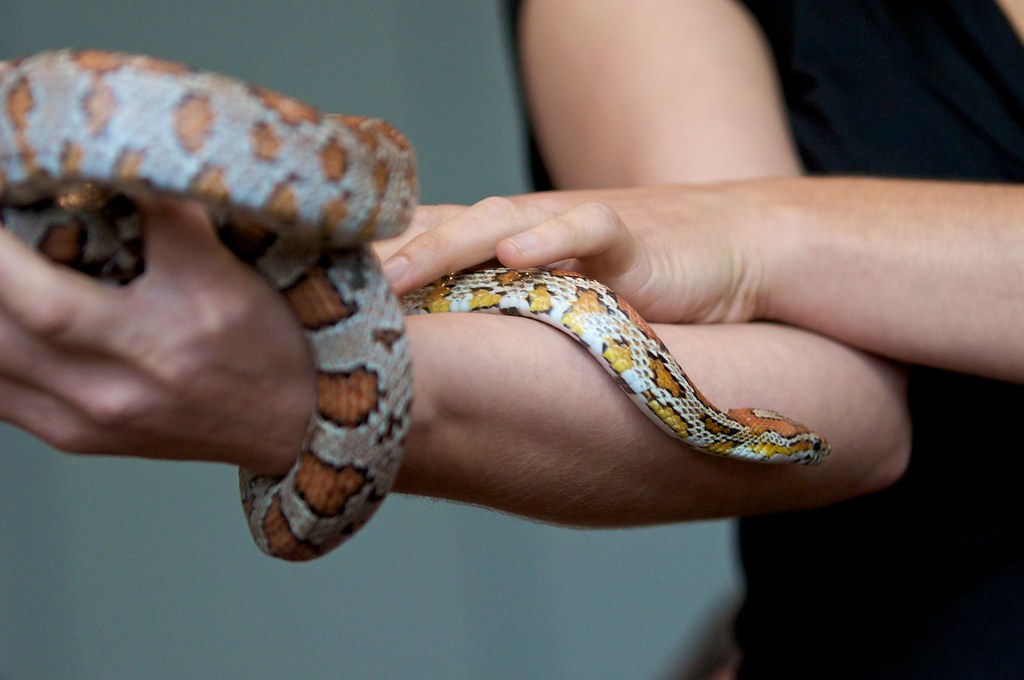
The key to successful snake handling is patience—building trust takes time and consistency. For particularly nervous specimens, begin with “target training” by gently touching them with a snake hook before each handling session, creating a predictable routine. Progress to placing your hand in the enclosure without attempting to pick up the snake, allowing it to become familiar with your scent and presence. When your snake remains calm during these interactions, graduate to brief lifting sessions, gradually increasing duration as comfort grows. Remember that trust is easily broken but difficult to rebuild, so respect boundaries throughout this process. Many keepers report noticeable improvements in handling tolerance after 6-12 months of consistent, respectful interaction, though some individuals may always prefer minimal handling.
Special Handling Considerations for Breeding Season

Breeding season brings hormonal changes that can significantly alter your snake’s temperament and handling receptiveness. Males often become more active and potentially aggressive as they search for mates, while females may become defensive and reclusive as they prepare for egg-laying or live births. During these periods, minimize handling to reduce stress and avoid triggering defensive responses. If handling is necessary during breeding season, use snake hooks more liberally to establish non-feeding contact, and keep sessions shorter than usual. Be particularly cautious with gravid (pregnant) females, as handling could disrupt the gestation process or cause stress that impacts reproductive success. Once breeding season concludes, gradually return to your normal handling routine as your snake’s hormonal levels and behavior normalize.
When to Seek Professional Guidance
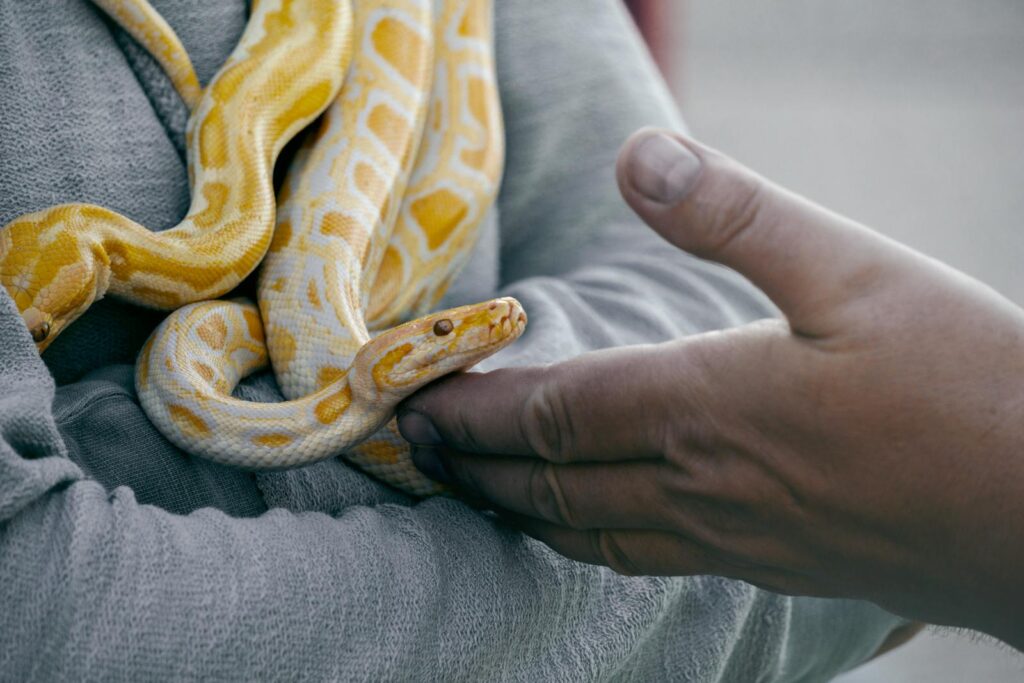
Sometimes, despite your best efforts, handling challenges may arise that require professional guidance. Consider consulting an experienced herpetologist or reptile veterinarian if your snake shows persistent defensive behavior despite consistent, gentle handling attempts. Professional guidance is also warranted if your snake suddenly changes its typical handling behavior, which could indicate an underlying health issue rather than a behavioral problem. For larger constrictors that have outgrown safe solo handling, professional training in proper restraint techniques may be necessary. Many reptile specialty stores, herpetological societies, and exotic veterinary practices offer handling workshops or one-on-one training sessions that can dramatically improve your skills and confidence, making the handling experience better for both you and your serpentine companion.
Handling your snake safely and respectfully is both an art and a science that develops through knowledge, patience, and consistency. By understanding your snake’s body language, providing proper physical support, and respecting its boundaries, you create positive experiences that build trust over time. Remember that each snake is an individual with unique preferences and temperament—what works for one may not work for another, even within the same species. The relationship you build with your snake through careful, considerate handling enhances your appreciation for these fascinating creatures and contributes to their overall wellbeing in captivity. With time and dedication to these principles, you’ll develop a handling routine that respects your snake’s nature while allowing you to safely enjoy and bond with your remarkable reptilian companion.

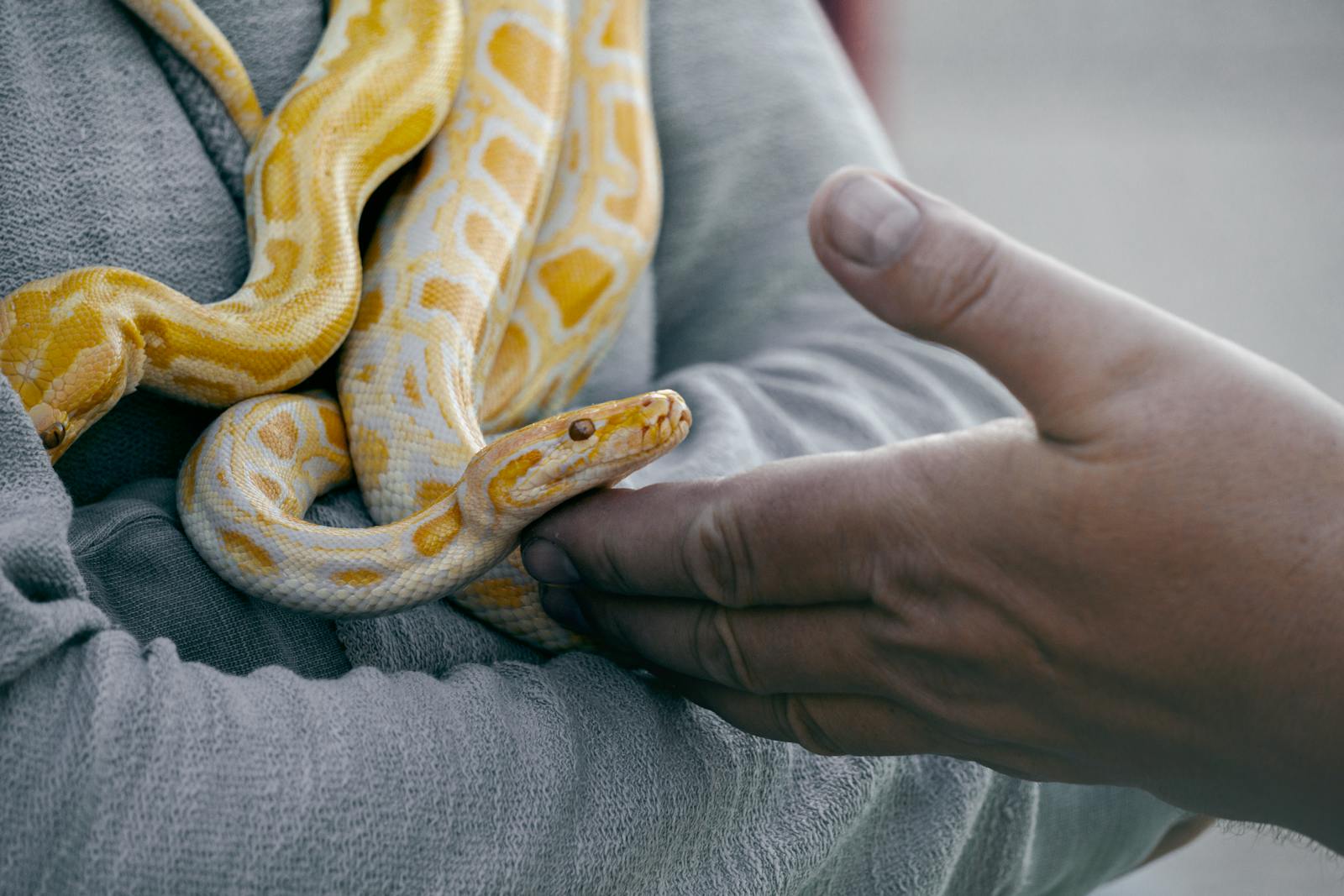

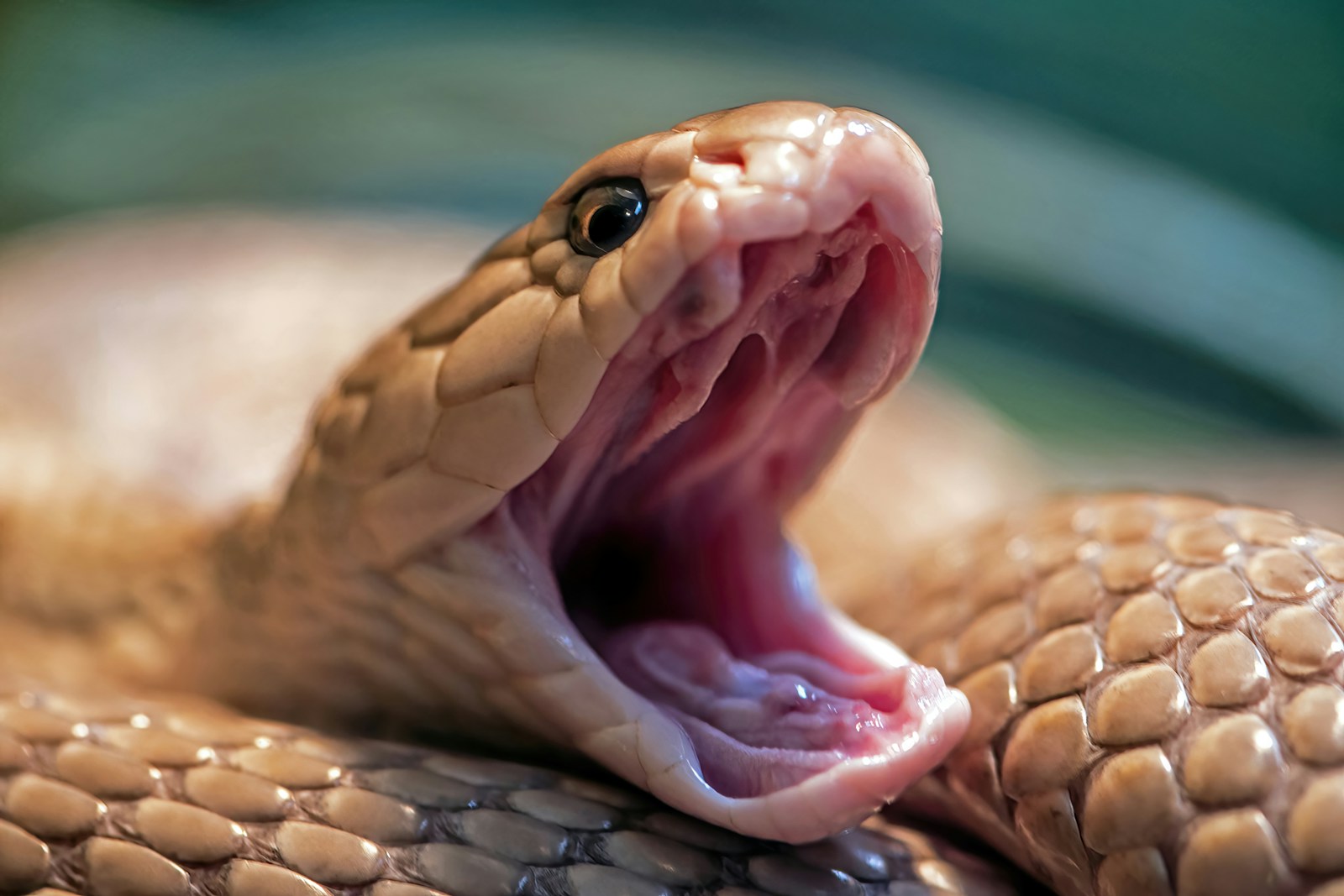



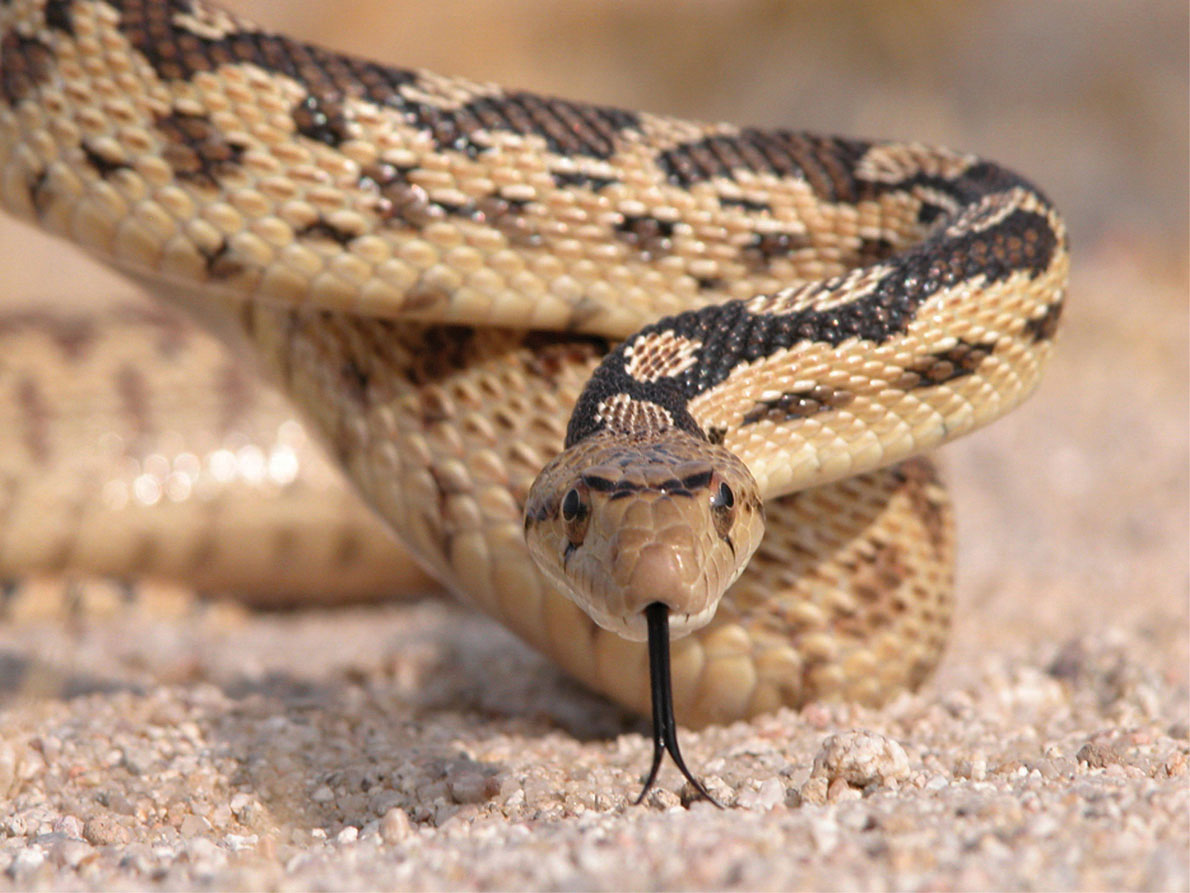
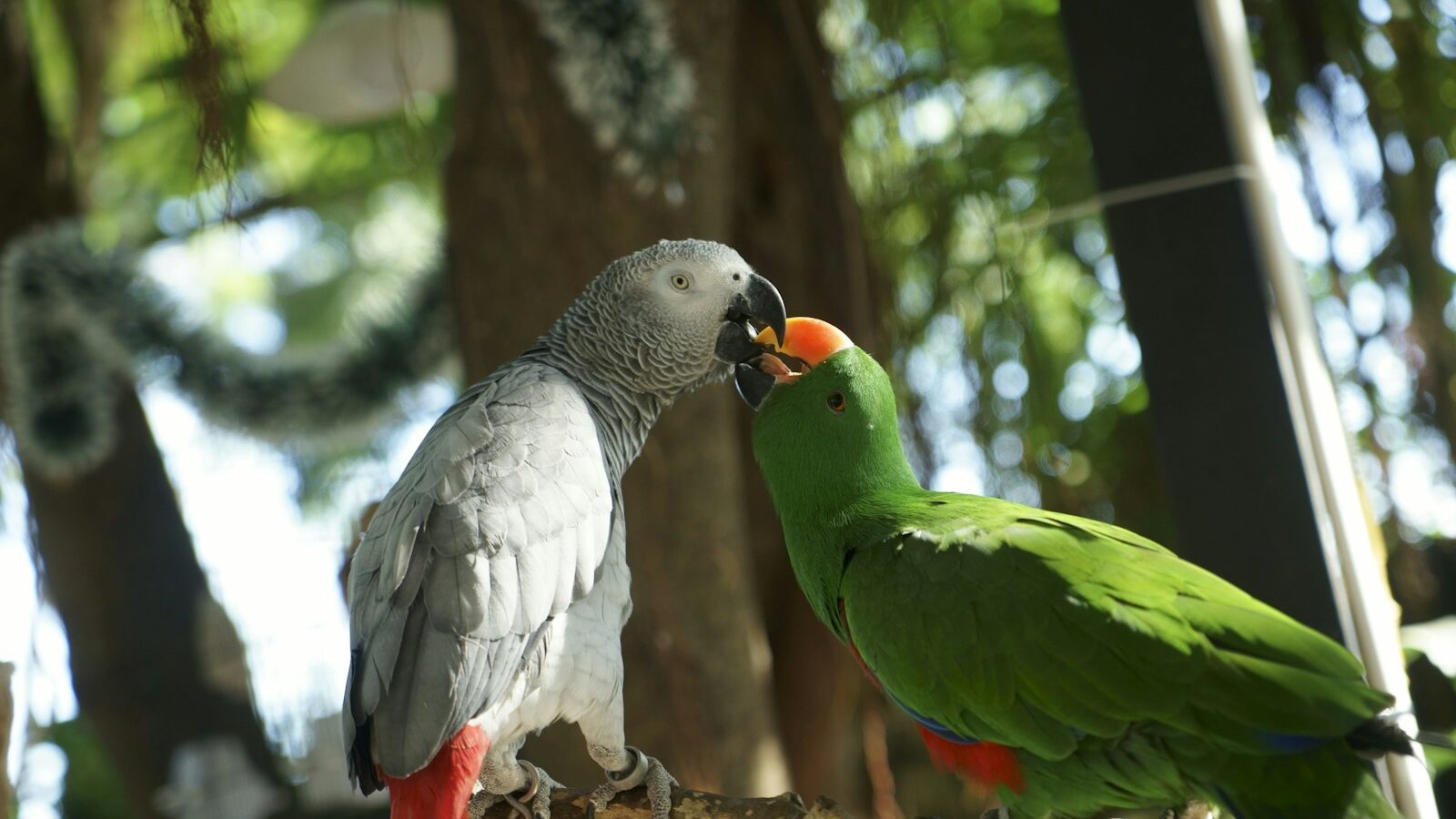
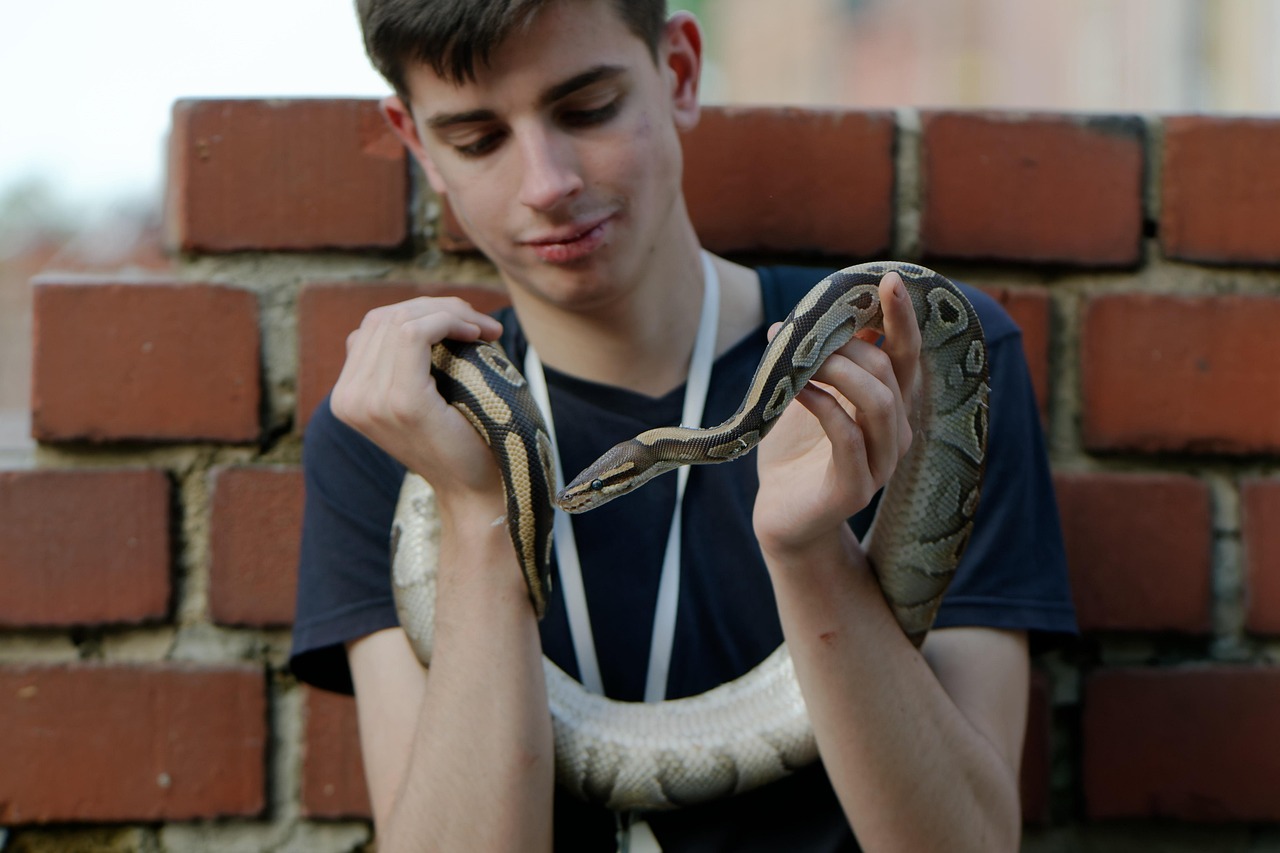
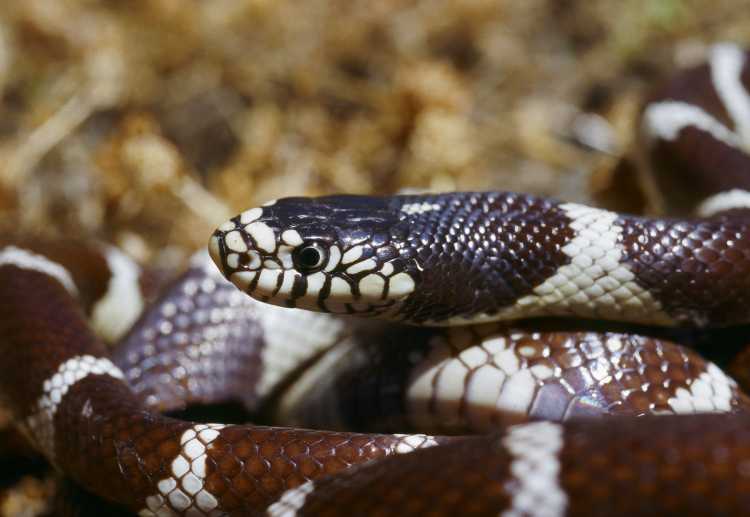




Leave a Reply